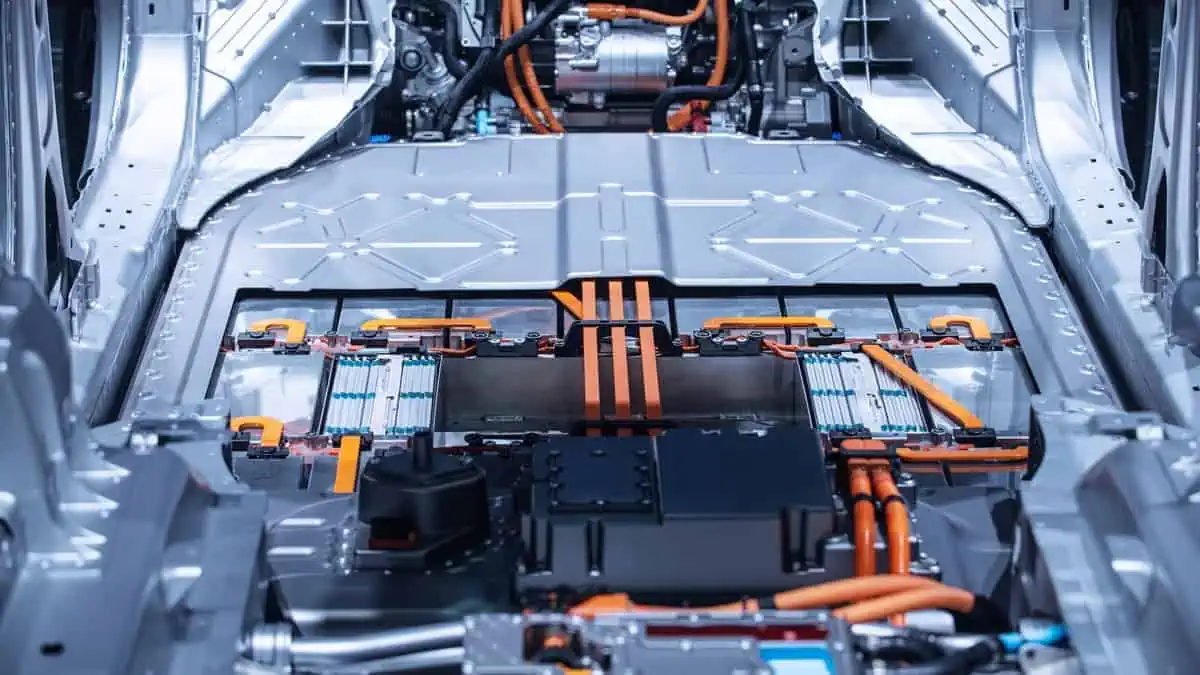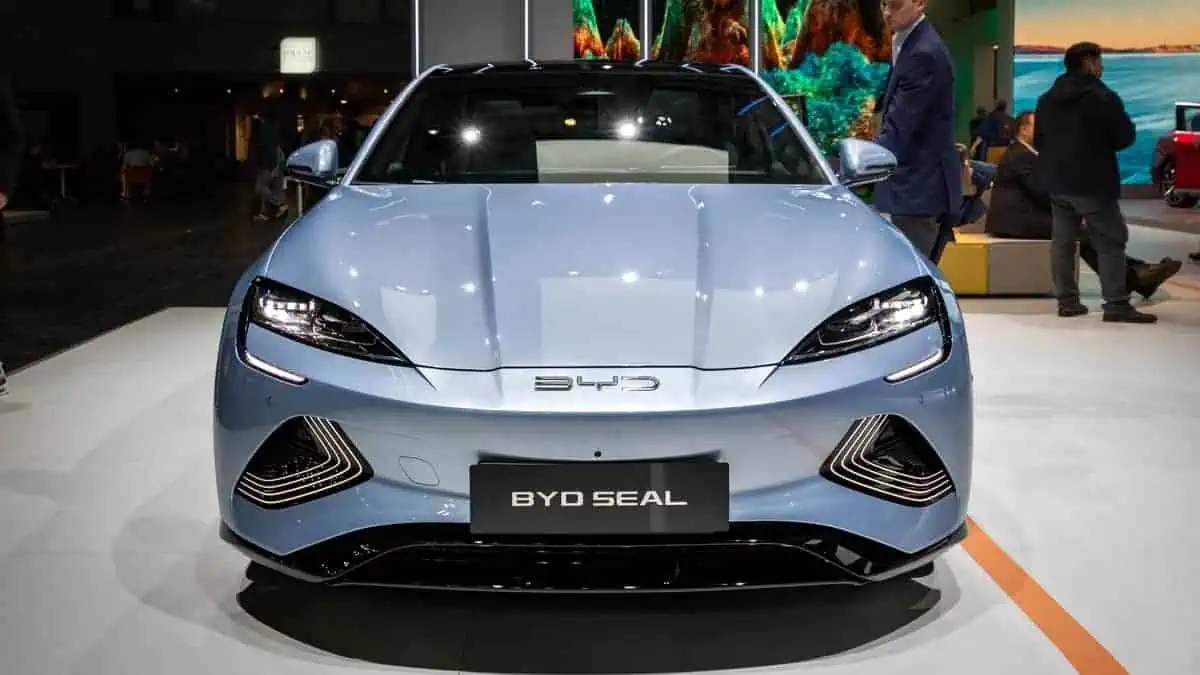As we all know, there are numerous new terms and acronyms that are associated with Electric Vehicles (EVs) and their infrastructure.
To help you learn them, here are some of the most common words and acronyms and what they mean:
- EV– Electric Vehicle. Electric Vehicles are run only by electricity. It functions with a battery and uses the energy stored to power up the electric motor.
- BEV– Battery Electric Vehicle. It is also a pure-electric or all-electric vehicle that uses a battery that charges externally.
- FCEV– Fuel Cell Electric Vehicle. Vehicles that run on electricity produced by hydrogen gas have no harmful tailpipe emissions but water vapor.
- HEV – Hybrid Electric Vehicle.
- ICE- Internal Combustion Engine. Vehicles with engines powered by fossil fuel (gas or diesel). It is associated with tailpipe emissions.
- PHEV– Plug-in Hybrid Electric Vehicles. Plug-in hybrid electric vehicles contain an internal combustion engine and electric motor that can power up through gas or electricity in a rechargeable battery.
- ZEV- Zero-emissions Vehicle. ZEVs are vehicles that produce zero tailpipe emissions, greenhouse gas emissions, and any pollutants.
- EVSE– Electric Vehicle Supply Equipment. It refers to all the equipment that transfers electric energy to a battery. It includes hardware like connectors, fixtures, and other devices.
- NEV – New Energy Vehicle
See Also:
- Should I care about EV options, while deciding my next car?
- Does it make financial sense to purchase an EV, instead of a gas-powered vehicle?
- Why are electric vehicles expensive as compared to ICEs?
- What is the source of electricity for Electric Vehicles?
- Aren’t electric cars dangerous in an accident?
These terms and acronyms are just a few associated with Electric Vehicles. As EV technology continues to evolve, there will likely be many more new terms and acronyms that emerge.
For more such acronym and abbreviations, please refer Glossary






